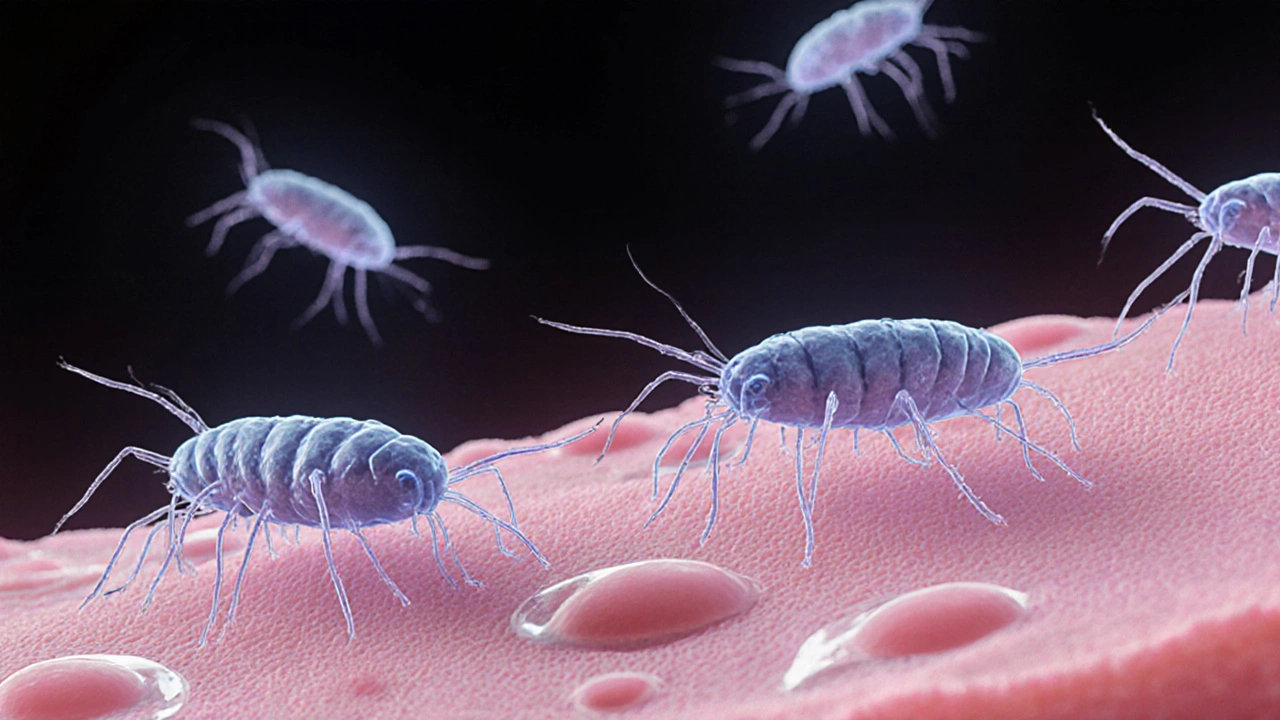Trichomoniasis: What You Need to Know
When dealing with trichomoniasis, a common sexually transmitted infection caused by a protozoan parasite. Also known as trich, it primarily affects the urogenital tract of both men and women. Most people catch it through unprotected sex, and the infection can spread quickly in sexually active communities. According to recent health reports, millions of new cases appear worldwide each year, making it one of the most prevalent STIs despite its often silent nature. Young adults, especially those with multiple partners, are at higher risk, but anyone who is sexually active can be exposed.
Key Facts About Causes, Symptoms & Treatment
The disease is driven by Trichomonas vaginalis, a flagellated protozoan that thrives in the moist environment of the genital tract. Once the parasite attaches to the lining of the vagina or urethra, it can cause irritation, discharge, and a burning sensation. Women often notice a frothy, yellow‑green discharge and itching, while men may experience mild irritation or even no symptoms at all. Because the infection can be asymptomatic, routine screening is the only way to catch it early in many cases.
Diagnosis usually involves a lab test of a swab sample or a rapid urine test, both of which can detect the parasite quickly. The good news is that treatment is straightforward: a single dose of metronidazole, an antibiotic that effectively kills the parasite or its cousin tinidazole clears the infection in most people. The medication is taken orally, and most patients feel better within a few days. It’s crucial that both partners receive treatment at the same time; otherwise, re‑infection is almost certain.
If left untreated, trichomoniasis can increase the risk of other STIs, cause uncomfortable pelvic inflammation, and in pregnant women, it may lead to premature birth or low birth weight. That’s why prompt treatment and partner notification are essential steps in protecting health.
Preventing trichomoniasis comes down to a few practical habits: use condoms consistently, limit the number of sexual partners, and get screened regularly if you’re sexually active. Even after treatment, a follow‑up test is recommended to confirm the infection is gone. By staying informed and making smart choices, you can keep this common STI from disrupting your life. Below you’ll find a curated selection of articles that dive deeper into diagnosis methods, medication options, and lifestyle tips to keep trichomoniasis at bay.

